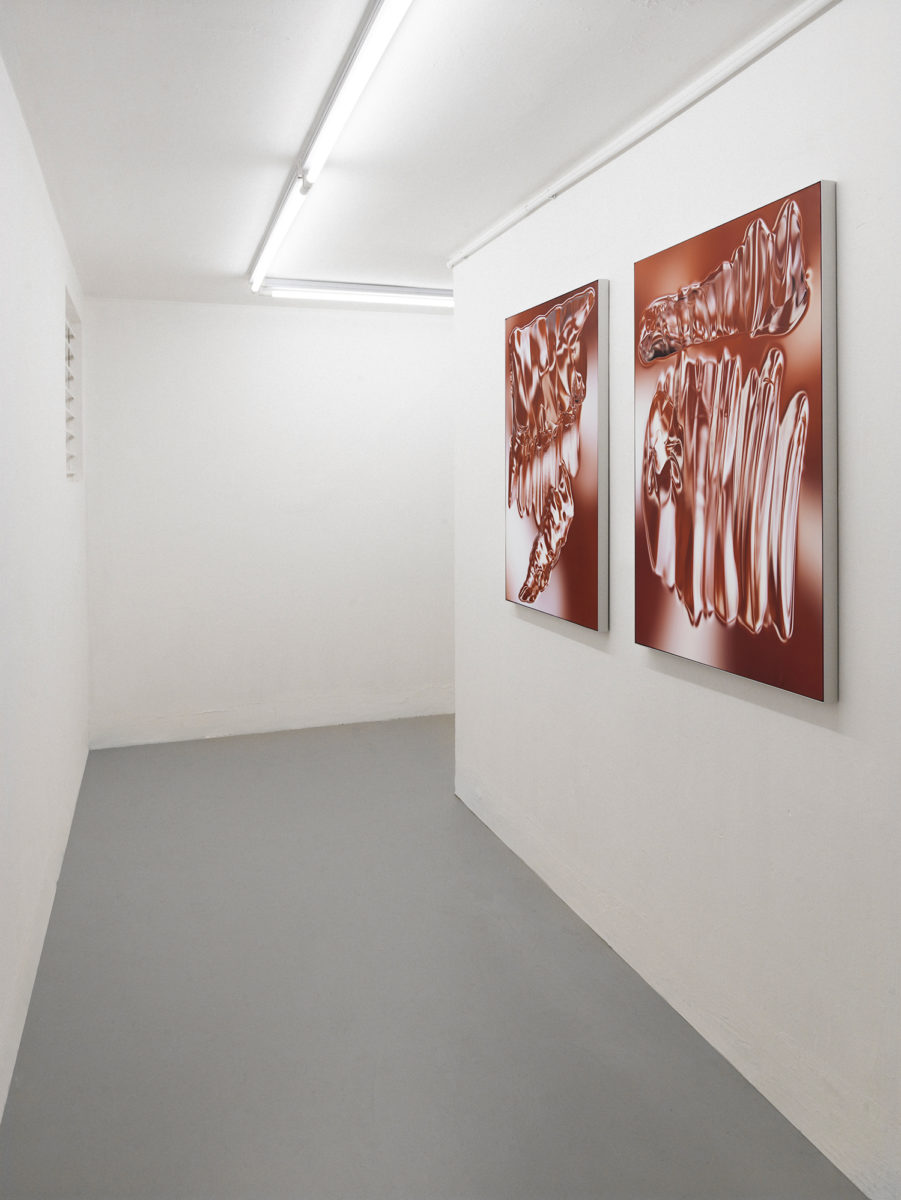 Nicolas Pelzer, Collider Body – Flint, 2017
Nicolas Pelzer, Collider Body – Flint, 2017
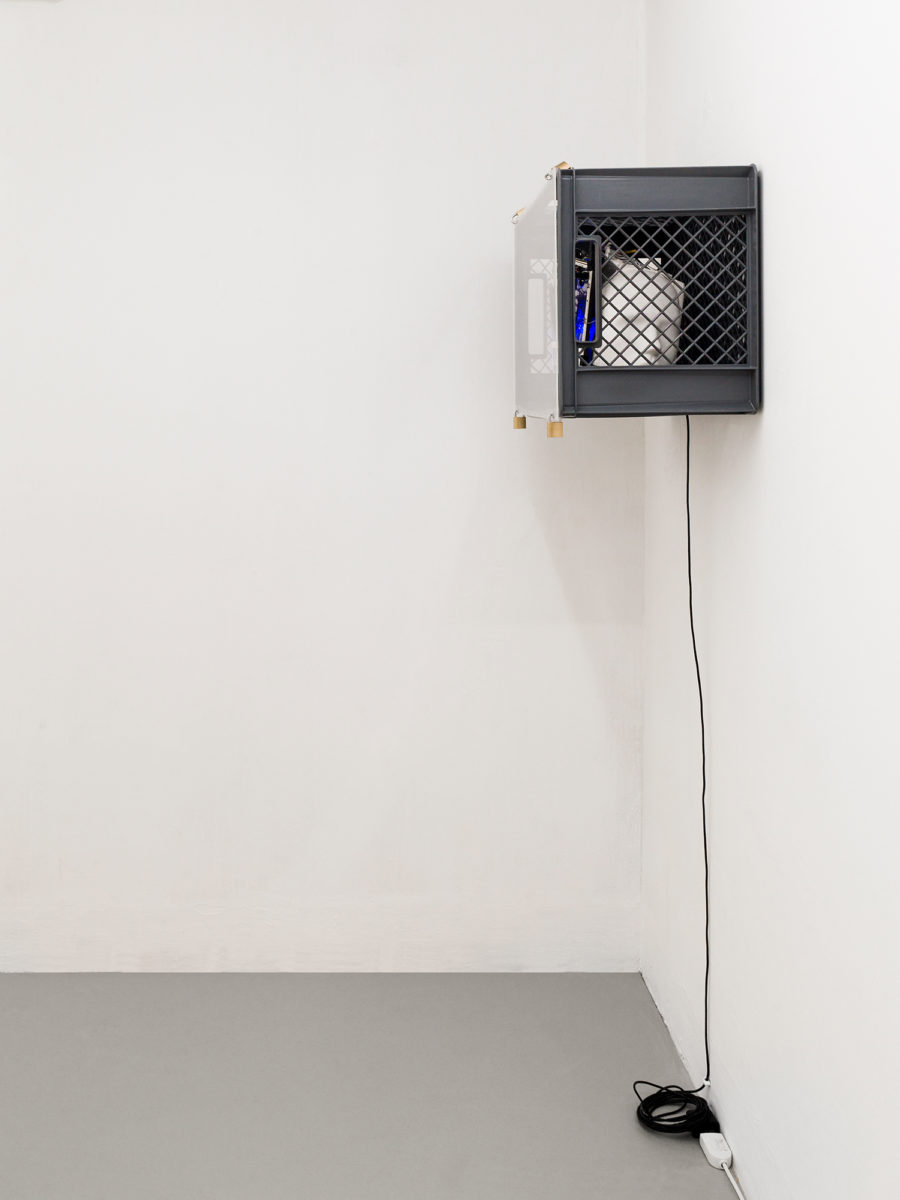 Joachim Coucke, Containing The Future – Anxiety Filter, 2017
Joachim Coucke, Containing The Future – Anxiety Filter, 2017
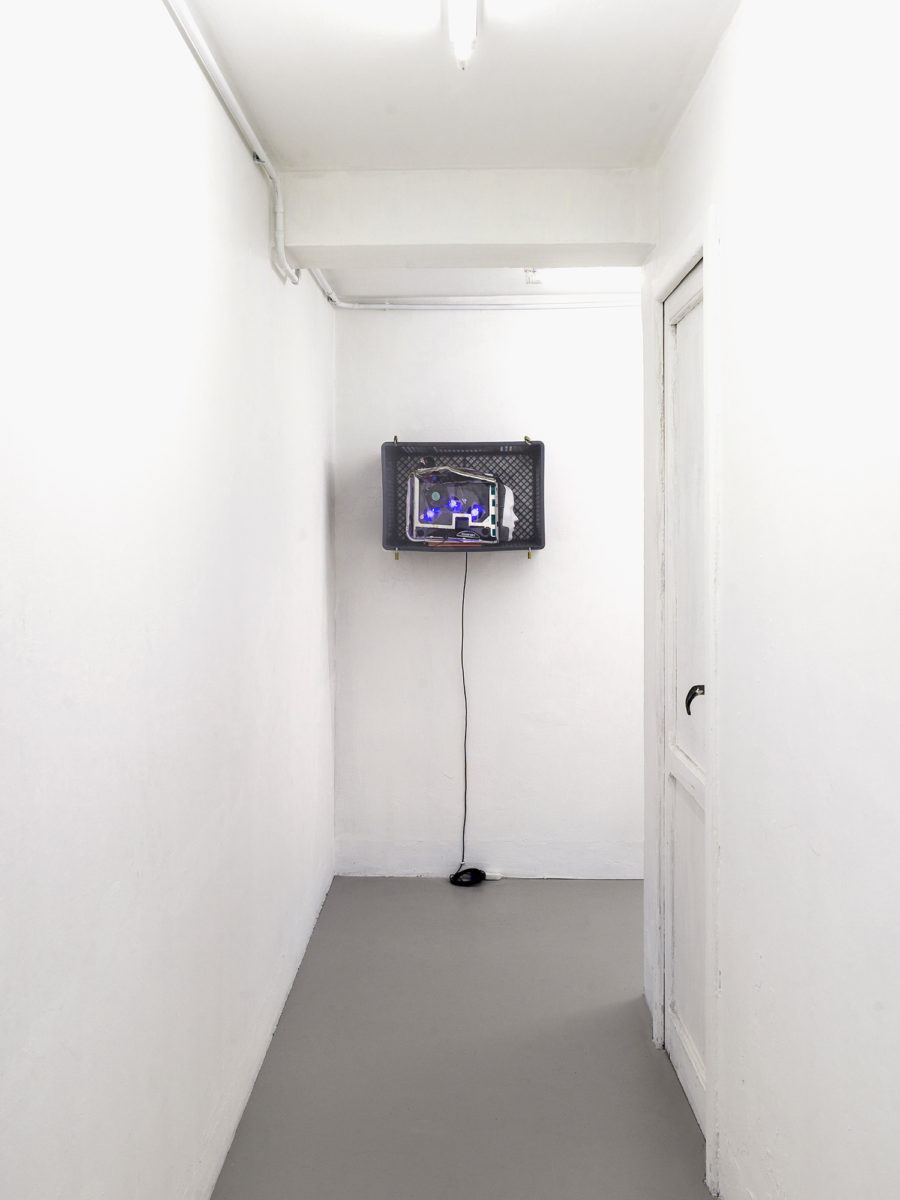 Joachim Coucke, Containing The Future – Anxiety Filter, 2017
Joachim Coucke, Containing The Future – Anxiety Filter, 2017
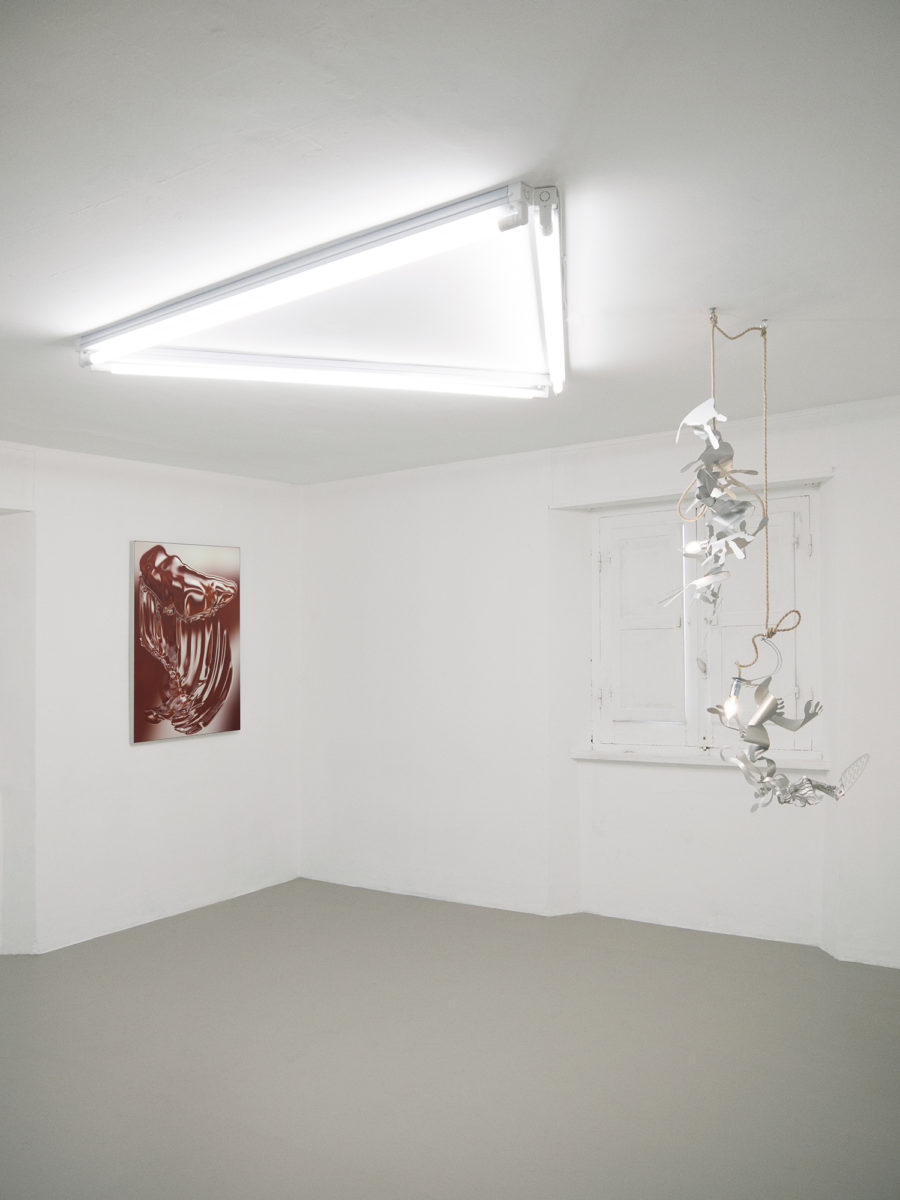 Installation view
Installation view
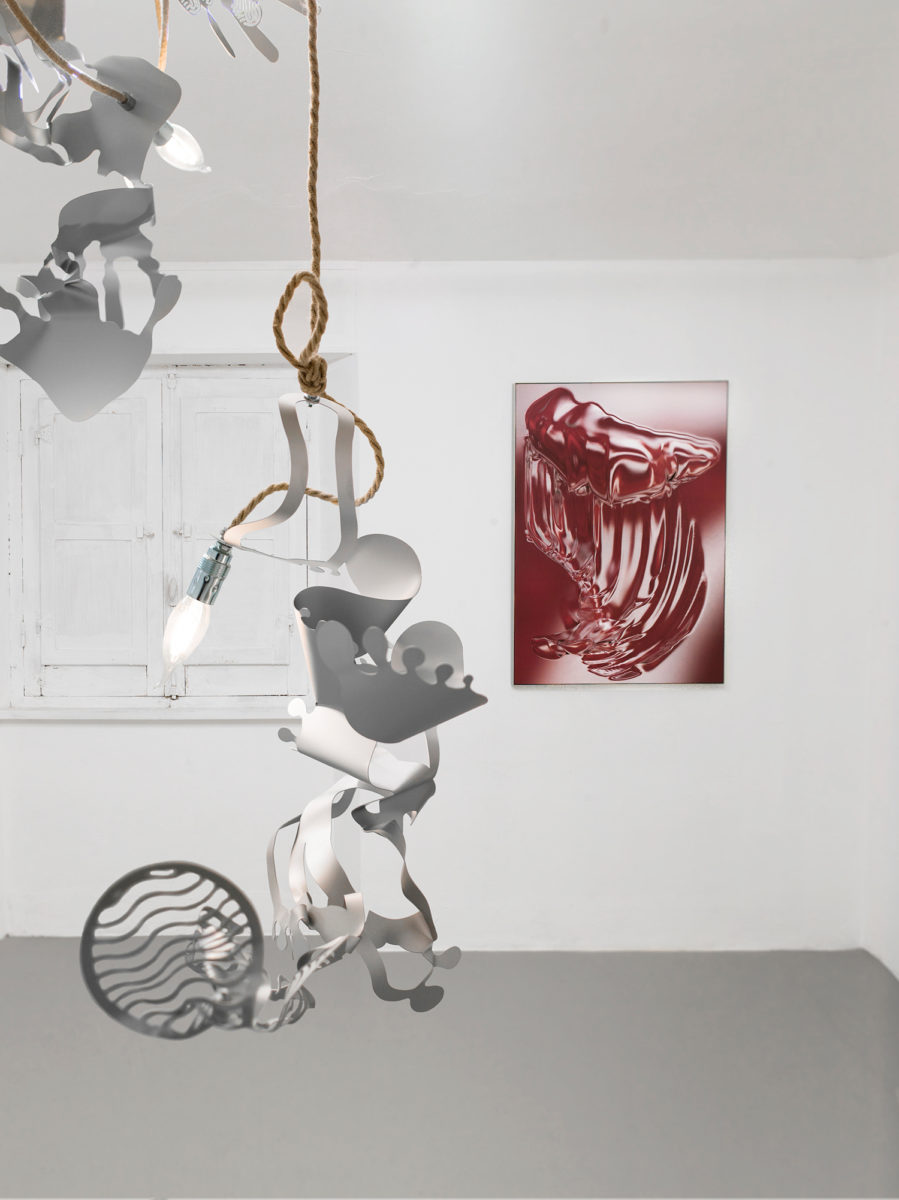 Installation view
Installation view
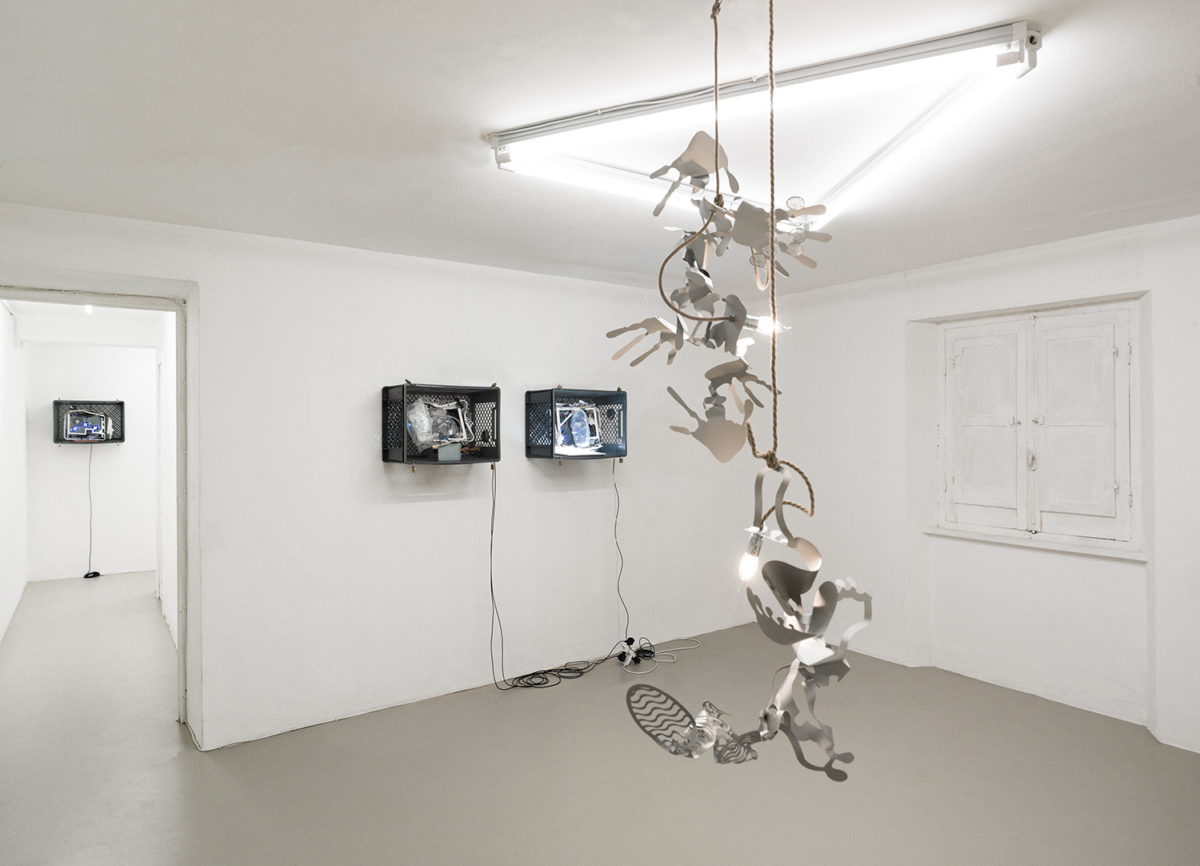 Installation view
Installation view
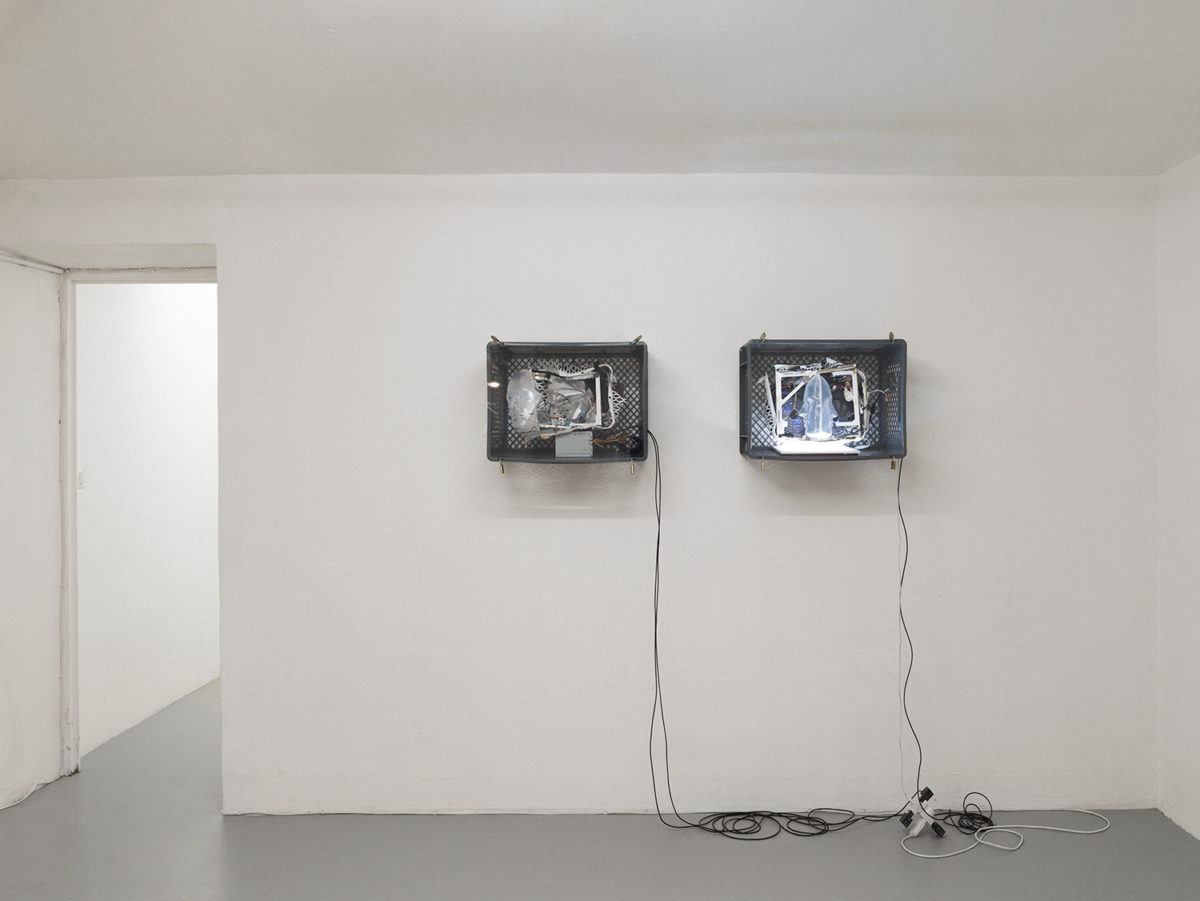 Joachim Coucke, Containing The Future – Algorithmic Discomfort, 2017 / Containing The Future – Face Off Time, 2017
Joachim Coucke, Containing The Future – Algorithmic Discomfort, 2017 / Containing The Future – Face Off Time, 2017
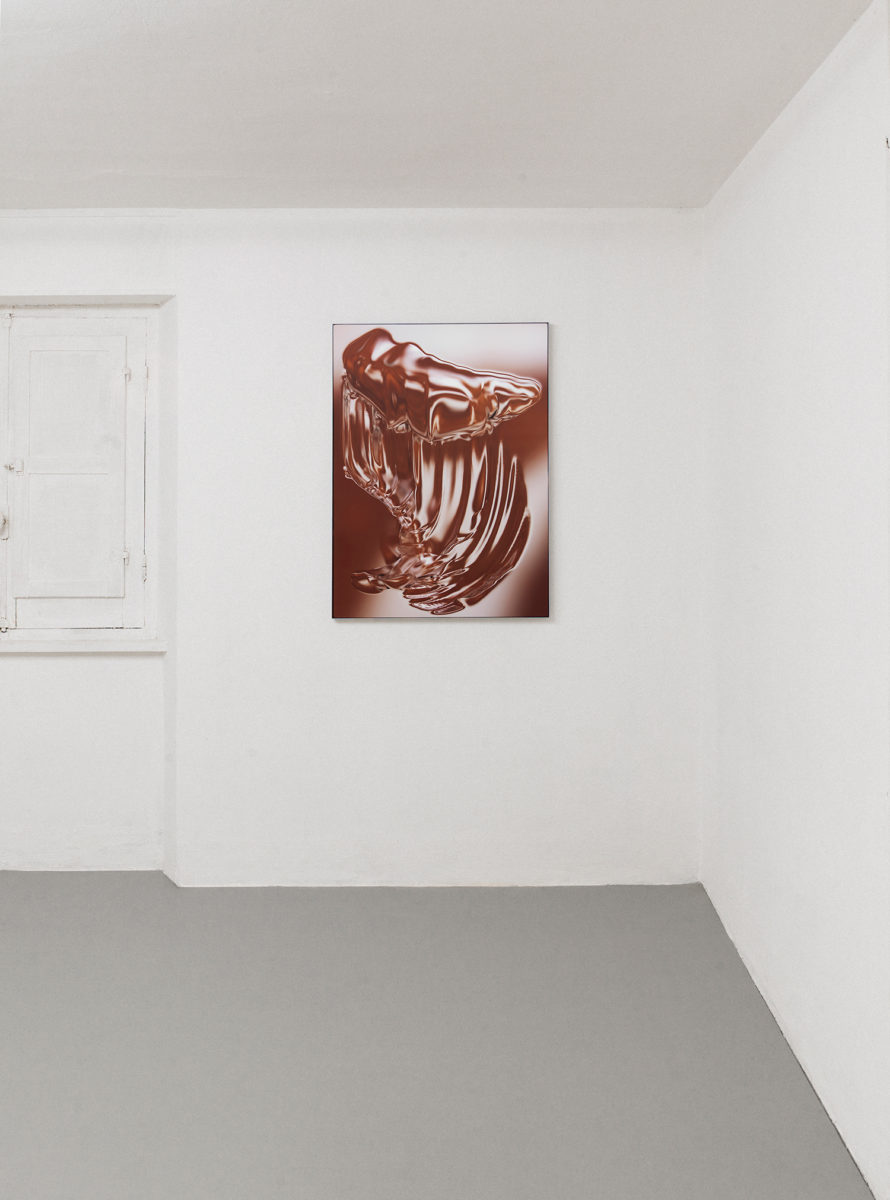 Nicolas Pelzer, Collider Body – Flint, 2017
Nicolas Pelzer, Collider Body – Flint, 2017
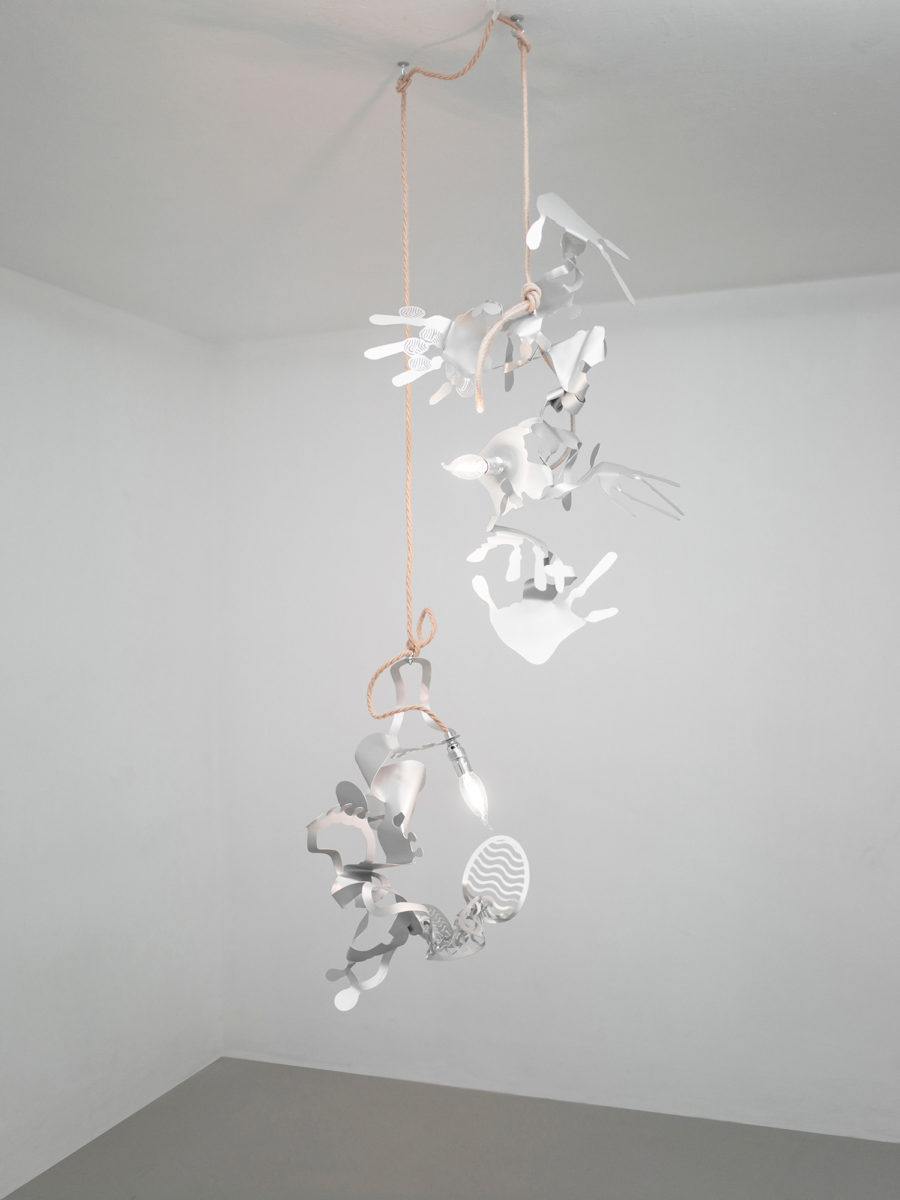 Nicolas Pelzer, Evolving Masters #13, 2017 / Evolving Masters #12, 2017
Nicolas Pelzer, Evolving Masters #13, 2017 / Evolving Masters #12, 2017
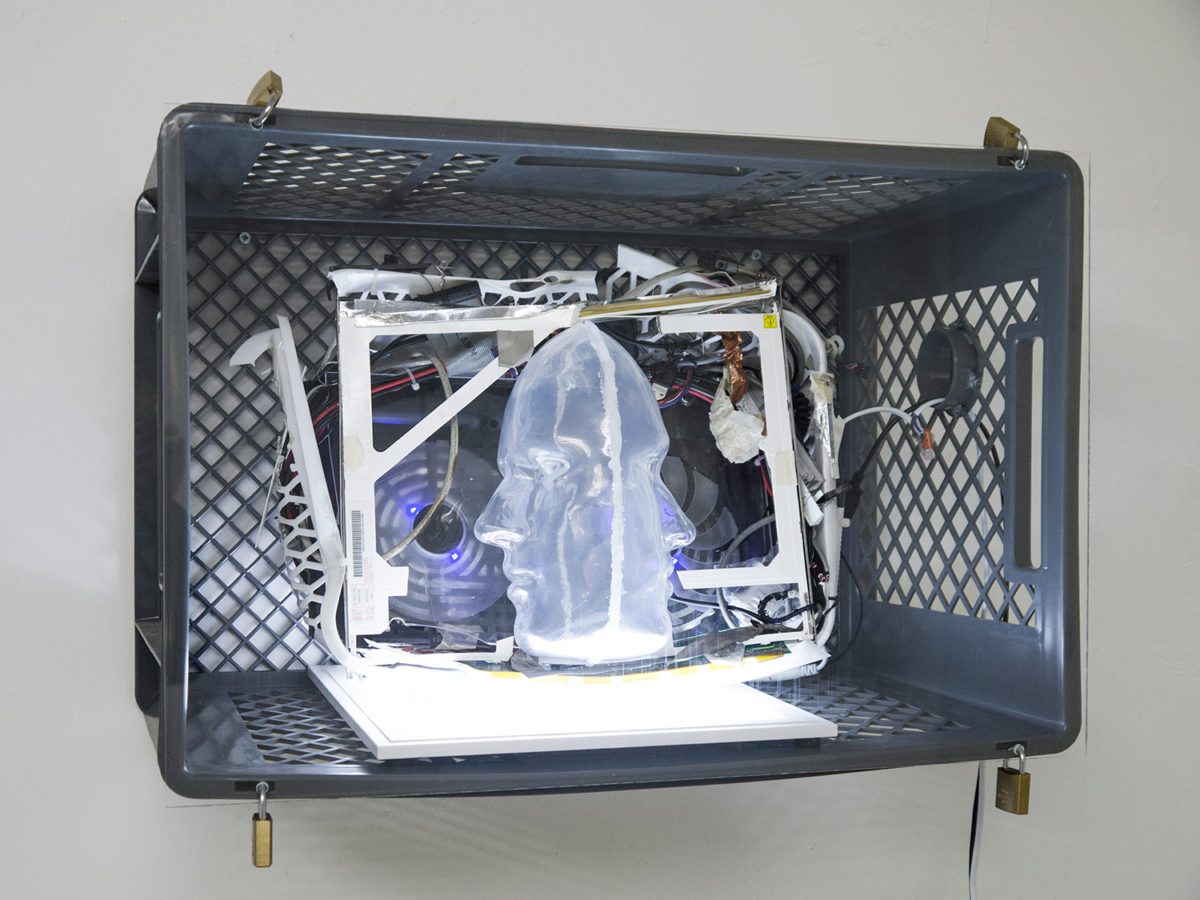 Joachim Coucke, Containing The Future – Algorithmic Discomfort, 2017
Joachim Coucke, Containing The Future – Algorithmic Discomfort, 2017
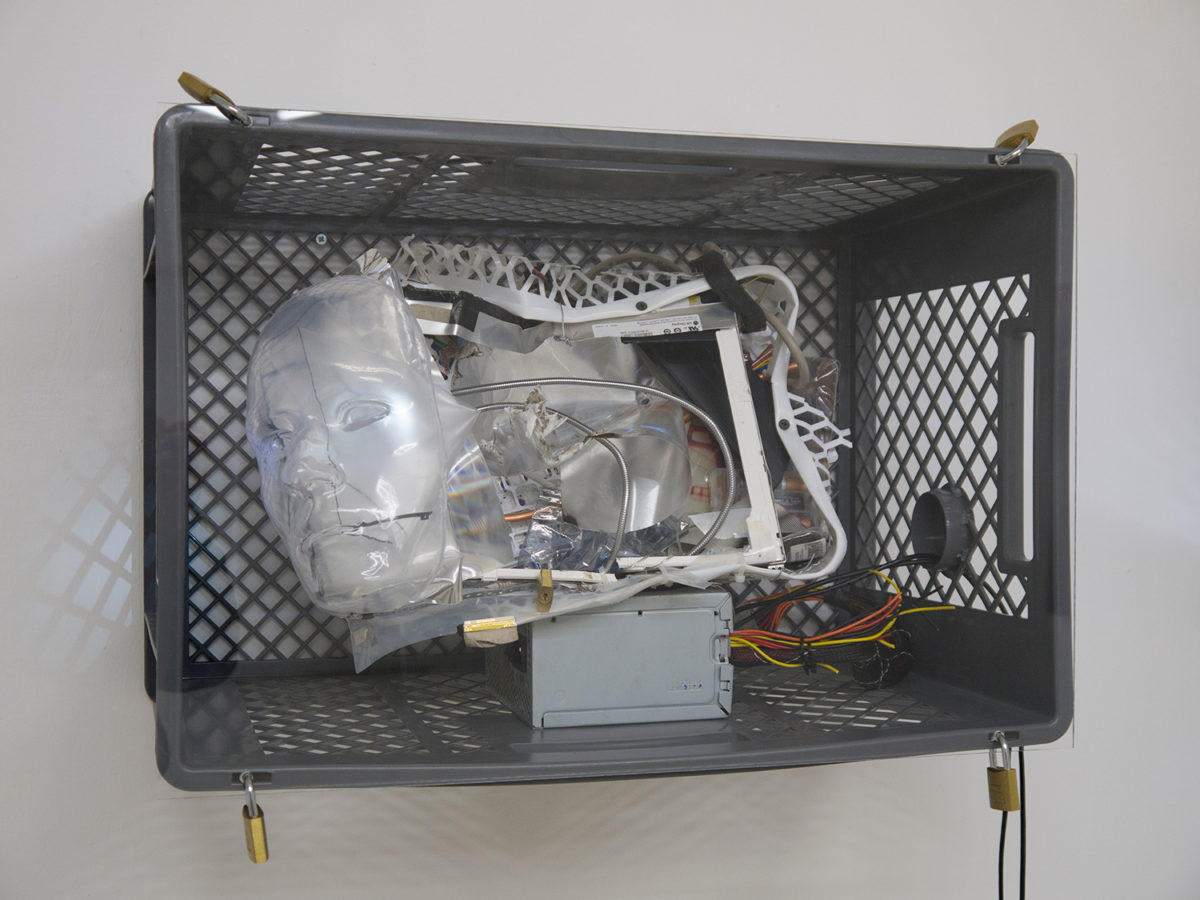 Joachim Coucke, Containing The Future – Face Off Time, 2017
Joachim Coucke, Containing The Future – Face Off Time, 2017
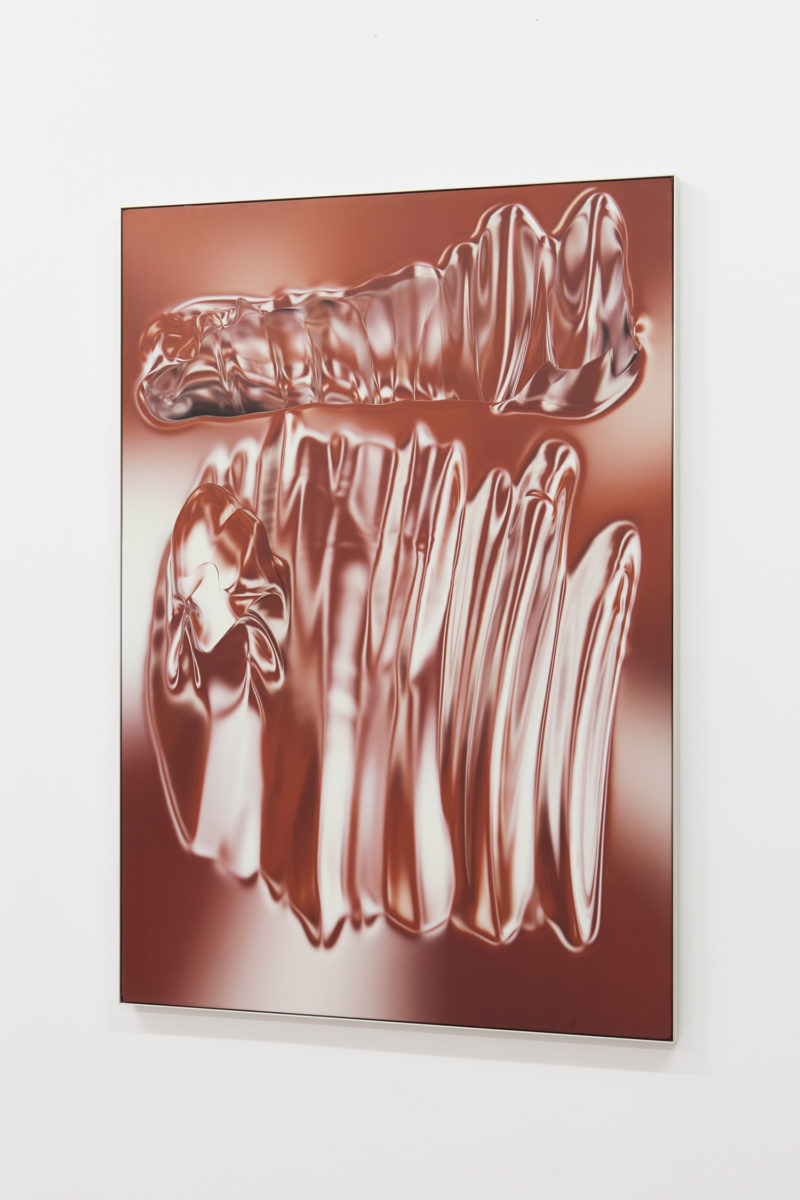 Nicolas Pelzer, Collider Body – Flint, 2017
Nicolas Pelzer, Collider Body – Flint, 2017
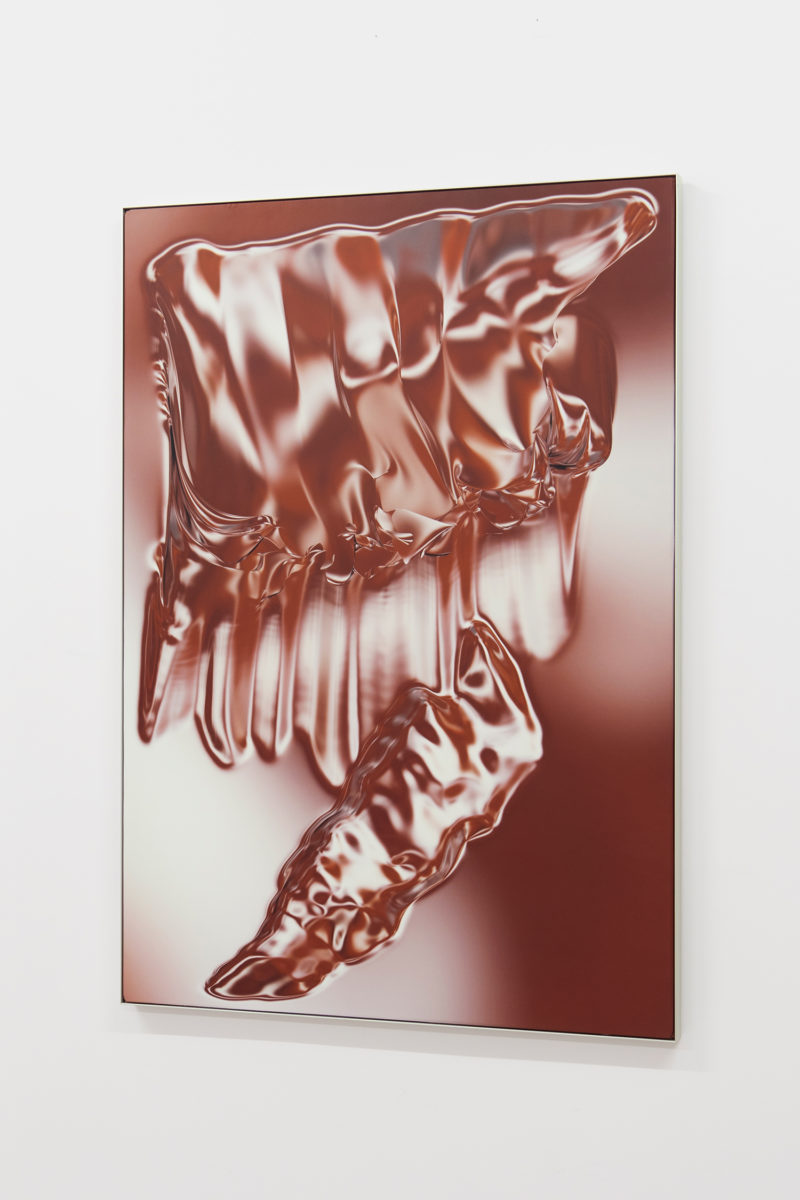 Nicolas Pelzer, Collider Body – Flint, 2017
Nicolas Pelzer, Collider Body – Flint, 2017
Tomorrow is Obsolete. By putting tomorrow in the past tense, the show that gathers artists Joachim Coucke and Nicolas Pelzer tells us about a world where digital technology, Internet and social networks are not a projected and fantasized image anymore, but a physical envelope. Between abandoned vestiges and morphology of data, both their works try to restore a physicality to the immaterial.
Today the world dreams about an artificial and superior intelligence which would manage our stewardship, granting more time for us, more options? In fact, Tristan Harris, a former product philosopher at Google affirms the absolute opposite : “Thousand of hours are just stolen from people lives”. This principle of dispersion which makes us waste our time and vanishes our first intentions by moving them permanently, replaces the cult of technology at the heart of its first question: what it contains, what it produces, what remains of it.
To the digital which the representation would be obsolete today, Joachim Coucke and Nicolas Pelzer oppose the material, the physical barrier of a world the body naturally comes to stumble against. The body yes, a crucial unit of measure here, because it is about bringing everything back to a human scale. What becomes the appearance of a world whose data is deprived of forms? Would Internet have profoundly changed the aesthetics of what surrounds us?
From here on out, both artists propose a morphology of the technology. Joachim Coucke’s wall installations sculptures present in at the same time opened and locked crates, the archeological content of a used system. The anarchic mixing of the elements put forward the damaged relationship between the material life and the digital practices. feeds, made of hundreds of cables, which drip from the ceiling to the ground and make knots then. Unlike its claimed full discharge principle, the data’s combination circulation leaves at the time of the digital the physical traces of a discomfort, the remains of a movement which lost its fluidity. In his technological timeline, Nicolas Pelzer thinks about the evolution of forms and tools in the context of the digital, simulated here by an algorithm which recreated from a 3D software on a fabric surface in 3D print the traces of a prehistoric stone’s use. In the same way, his aluminum lamps take back an invention of the 19th century through the recent technology of the laser cut.
As reincarnated carcasses, these envelopes are the physical realization of a state that we experiment in our daily lives, stuck between the promises of the progress and the fragility of our consciousness seduced by the advertising, the notifications and the simplified uses. A digital world seen as a material of yesterday, archeological instrument, document of historic study and homemade shape, scrutinized and remodeled to collect and extract from it the esthetic power of an exhausted post-internet representation.
— Elisa Rigoulet